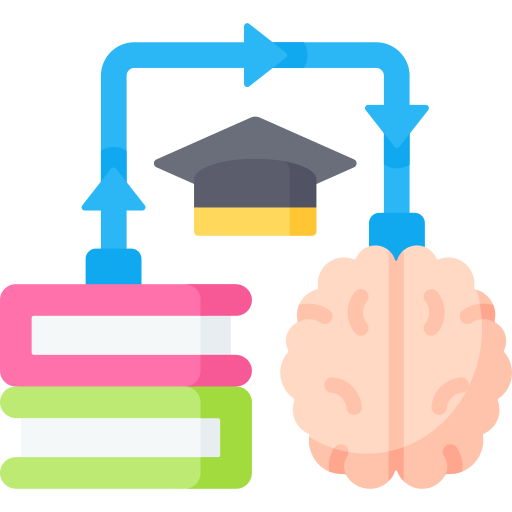Optimizing E-Learning in Corporate Training
In today’s fast-paced corporate environment, effective employee training is essential for maintaining a competitive edge. As e-learning becomes increasingly prevalent, organizations must choose between traditional text-based formats and more modern interactive approaches. This report presents the findings of a study comparing these two e-learning formats, offering actionable insights for L&D professionals.
The primary goal was to evaluate the effectiveness of interactive e-learning versus traditional text-based methods in enhancing knowledge acquisition and retention among corporate employees. By analyzing participant performance across both formats, the study aimed to identify which approach yields better learning outcomes.
Key Findings

Enhanced Engagement with Interactive E-Learning
Interactive e-learning, featuring elements like quizzes, animations, and multimedia content, significantly improved both immediate learning outcomes and long-term knowledge retention. Participants with lower initial knowledge levels benefited the most from the engaging, multimodal approach.

Effective Knowledge Consolidation via Text-Based Learning
Text-based e-learning proved efficient for participants with higher baseline knowledge, allowing them to consolidate their understanding. However, it was less effective in maintaining engagement and retention for those requiring more reinforcement.
Recommendations

Adopt Interactive E-Learning for Complex Training
For subjects requiring deep understanding and long-term retention, interactive e-learning is particularly effective. L&D professionals should prioritize this format for training in complex areas like compliance and technical skills.

Implement Blended Learning Solutions
Combining text-based and interactive formats caters to diverse learning preferences and needs. Blended learning offers flexibility and can be customized based on learner profiles.

Tailor Training Strategies
Understanding the unique needs of different learners within the organization is key. Tailoring training strategies to these needs—whether through interactive elements, text-based materials, or a blend of both—will maximize the effectiveness of corporate learning initiatives.
This report provides L&D professionals with evidence-based insights and practical strategies to enhance their e-learning programs, ensuring that employees not only acquire knowledge but retain and apply it effectively in their roles.
